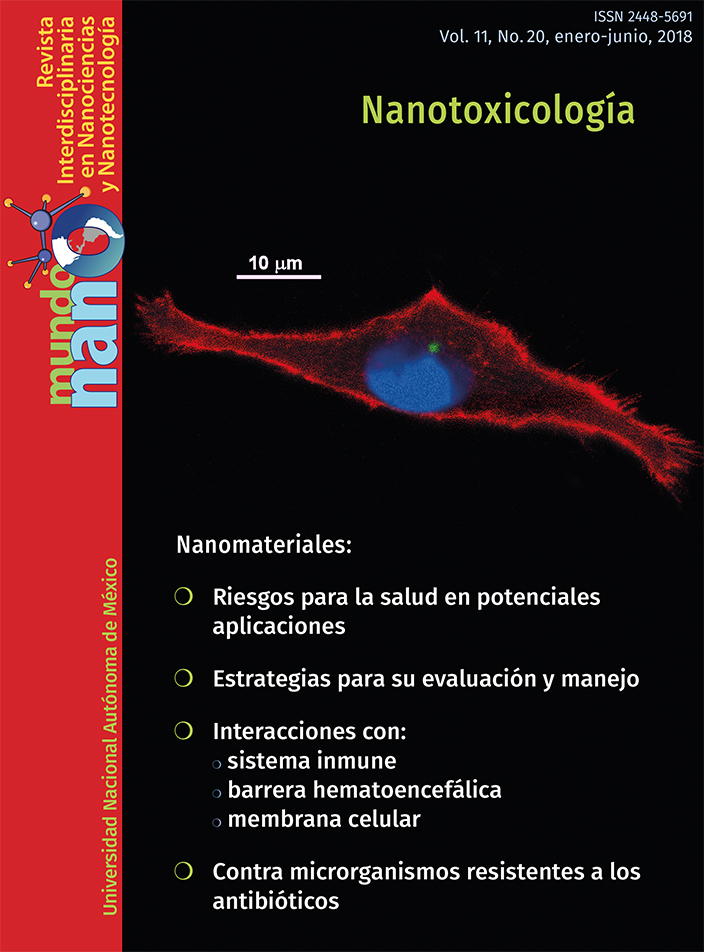Can nanomaterials cause neurotoxicity?
Main Article Content
Abstract
In this article, we explain: a) what nano–materials are; b) how we are exposed to them; c) what their applications are; d) how they could cause damage if they are deposited in the brain, and, e) what are the supporting evidences that could cause hurt. Finally, we suggest some considerations for the design and study of the effects of nanomaterials in the central nervous system. The use of manufactured nanomaterials that are used in the medical, robotics, electronics, mechanics and food industries, among many others, are composed of nanoparticles (from 1 to 100 nm in diameter) that can be deposited in the respiratory tract and be transferred to the bloodstream, subsequently, they are deposited in different tissues, which is worrisome because of the risk of crossing the blood–brain barrier and being deposited in the brain. In addition, many nanoparticles do not degrade, so it is unknown how long they could remain in the penetrating tissues. It is important to design studies that allow knowing the consequences of being exposed to nanomaterials not only in health conditions, but in the presence of preexisting pathologies including neurodegenerative diseases in order to determine if the exposure could exacerbate said disease and to what extent.
Downloads
Article Details

Mundo Nano. Revista Interdisciplinaria en Nanociencias y Nanotecnología por Universidad Nacional Autónoma de México se distribuye bajo una Licencia Creative Commons Atribución-NoComercial 4.0 Internacional.
Basada en una obra en http://www.mundonano.unam.mx.





